Stroke In Sickle Cell Disease
Stroke in sickle cell disease. Strokes in children and adults with sickle cell disease SCD continue to be a major cause of morbidity. Sickle cell disease SCD is an inherited blood disorder adult hemoglobin Hb variants are inherited from both parents that affects approximately 100000 people in the United States 90 of. Other studies have confirmed this high incidence of stroke in children with sickle cell 172.
Therefore interventions directed towards the potential mechanisms that promote vasculopathy and occlusion in sickle-cell anaemia should be investigated. Stroke is a common and potentially devastating manifestation of sickle cell disease SCD that can affect children and adults. The most comprehensive study of stroke comes from the Cooperative Study of Sickle Cell Disease CSSCD which reported the prevalence of stroke in children to be 05 to 1 per year for a total of 11 by 20 years of age 151.
Several risk factors increase the likelihood for stroke. Researchers have found that blood is not properly distributed in the brains of sickle cell disease patients despite once thinking that the issue was a reduction in total oxygen to the brain. Despite the dramatic reduction of overt strokes through CTT shown in the STOP trial Stroke Prevention Trial in Sickle Cell Anemia children with SCD remain at high risk of stroke Figure.
Twenty-four percent of sickle cell disease SCD patients have a stroke by the age of 45 years. Sickle Cell Disease Patients Are at a Higher Risk for Stroke Stroke is defined as an acute neurological syndrome caused by cerebral infarction blocking of an artery in the brain due to sickled cells or a hemorrhage large bleed with resultant ischemia tissue death and signs and symptoms such as headache seizure weakness slurred speech or confusion. Primary prevention of stroke by transfusion therapy.
Sickle-cell anaemia is the most common cause of stroke in children and stroke is one of the most devastating complications of sickle-cell disease. 2 921 Clinical and translational research in the post-STOP era have increased our understanding of the multifactorial complexity of stroke in children with SCD Table 1. The most common stroke is ischemic but hemorrhagic stroke can be seen in up to 2 of patients particularly in early adulthood.
Stroke especially cerebral infarction is a major cause of morbidity and mortality in children with sickle cell disease. Overt strokes are typically due to large-artery vasculopathy affecting the intracranial internal carotid arteries and proximal middle cerebral arteries whereas silent strokes typically occur in the territory of penetrating arteries. Vaso-occlusion can cause ischemic stroke.
Vasculopathy may be diagnosed on transcranial Doppler or magnetic resonance angiography. And distinguishing acute ischemic stroke from hemorrhagic stroke.
Stroke especially cerebral infarction is a major cause of morbidity and mortality in children with sickle cell disease.
Overt strokes are typically due to large-artery vasculopathy affecting the intracranial internal carotid arteries and proximal middle cerebral arteries whereas silent strokes typically occur in the territory of penetrating arteries. Stroke in sickle cell patients is fairly common with an incidence ranging between 4 and 8. And distinguishing acute ischemic stroke from hemorrhagic stroke. Blood transfusions decrease stroke risk in patients deemed high risk by transcranial Doppler. The finding could explain why sickle cell disease patients continue to suffer. Cerebral infarction is a common complication of sickle cell disease and may manifest as overt stroke or cognitive impairment associated with silent cerebral infarction on magnetic resonance imaging. Vaso-occlusion can cause ischemic stroke. Despite the dramatic reduction of overt strokes through CTT shown in the STOP trial Stroke Prevention Trial in Sickle Cell Anemia children with SCD remain at high risk of stroke Figure. Challenges in management include distinguishing acute stroke from other central nervous system complications of the disease such as seizures meningitis complicated migraine and cerebral malaria in endemic areas.
Other studies have confirmed this high incidence of stroke in children with sickle cell 172. Sickle-cell anaemia is the most common cause of stroke in children and stroke is one of the most devastating complications of sickle-cell disease. Strokes are difficult to explain on the basis of the central pathological process in sickle cell disease namely the occlusion of small vessels by deformed sickled cells. Stroke is a common and potentially devastating manifestation of sickle cell disease SCD that can affect children and adults. The finding could explain why sickle cell disease patients continue to suffer. Strokes in children and adults with sickle cell disease SCD continue to be a major cause of morbidity. Blood transfusions decrease stroke risk in patients deemed high risk by transcranial Doppler.
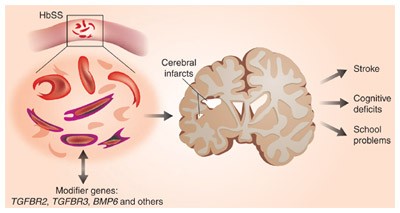
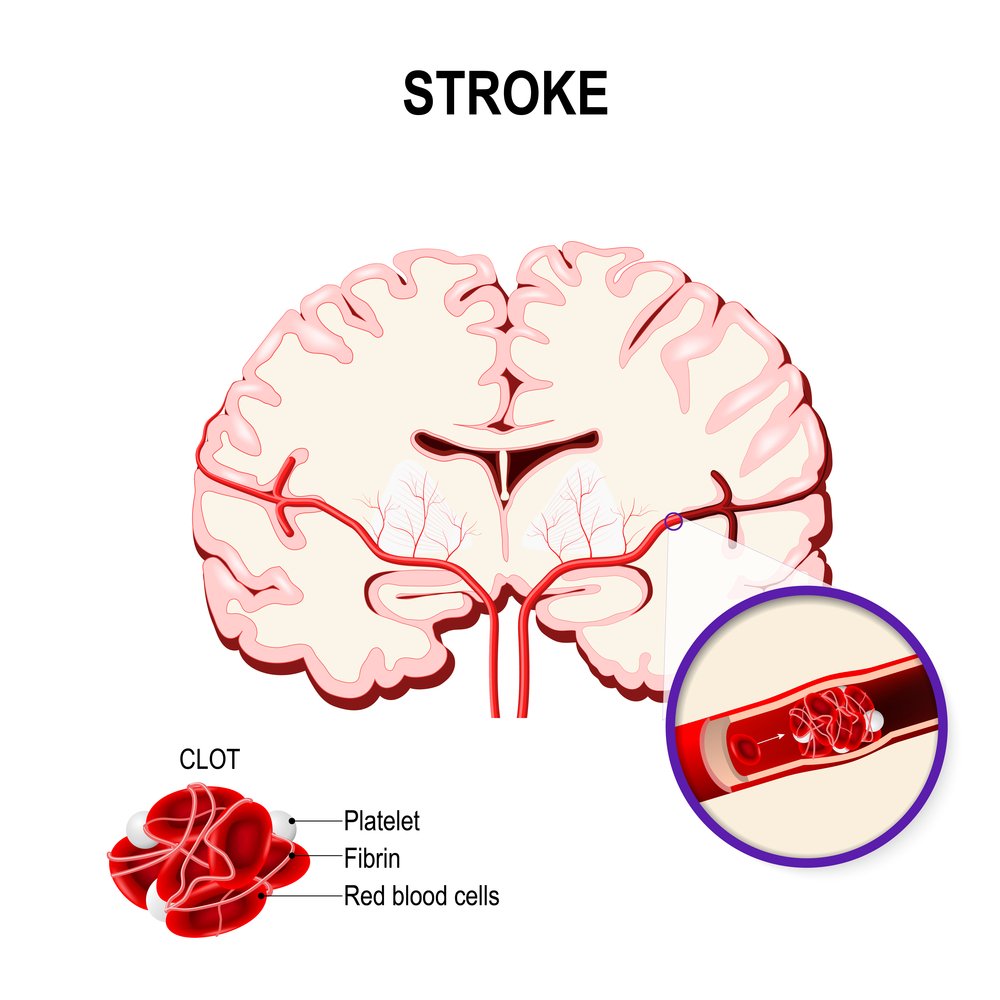
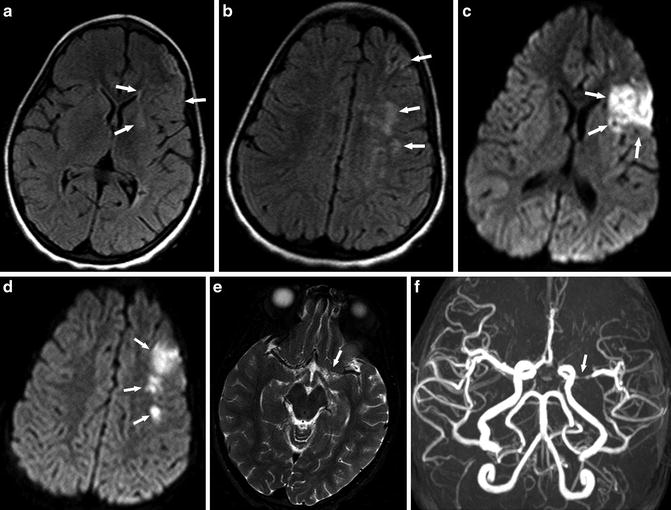
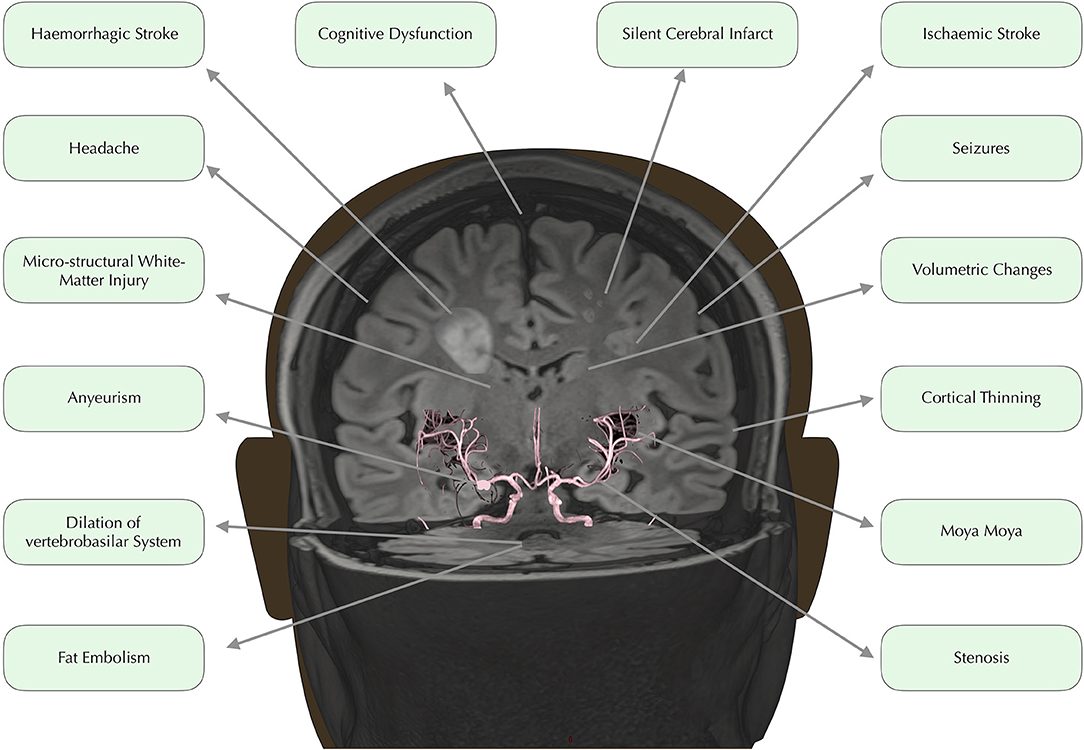
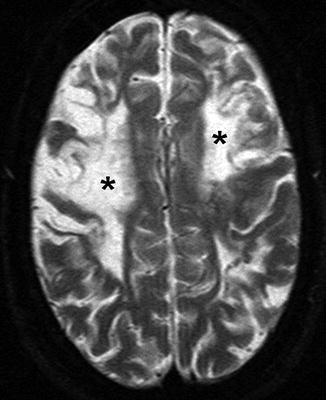






/GettyImages-680794099-4e6e27ca9fdf4bc49ff860a75896ff60.jpg)






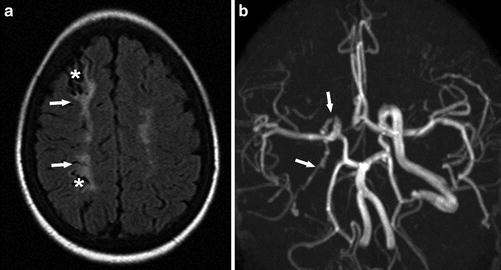

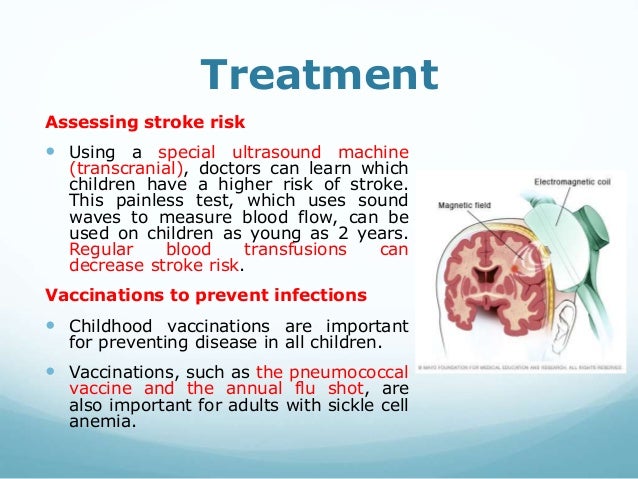




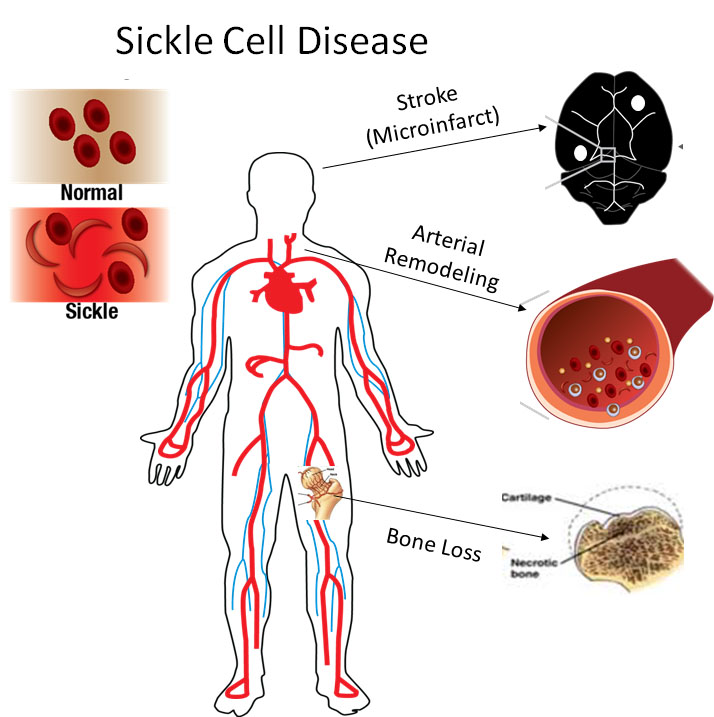

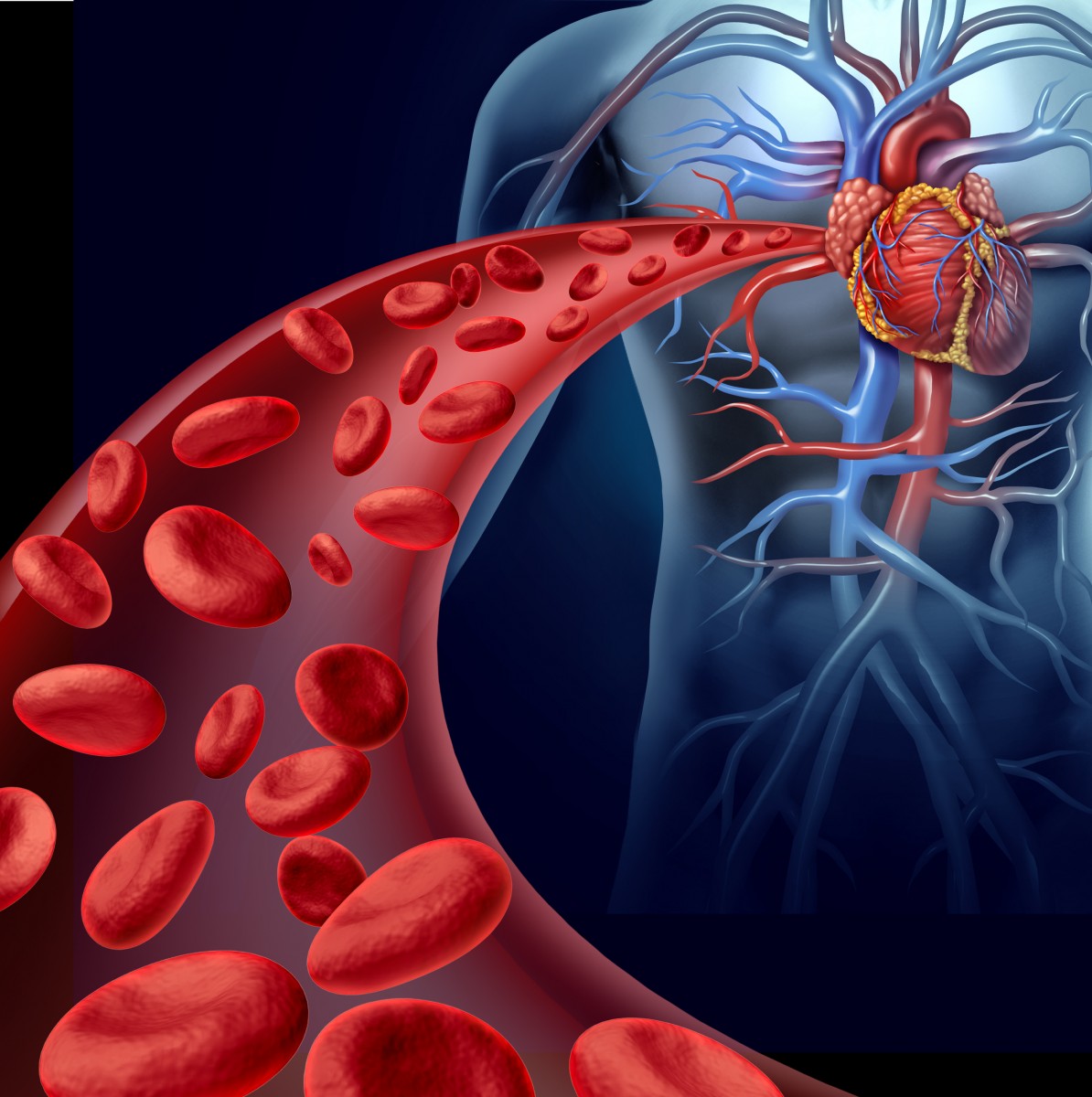




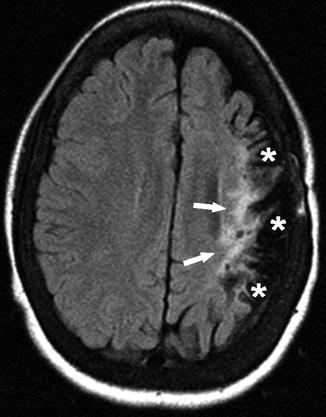











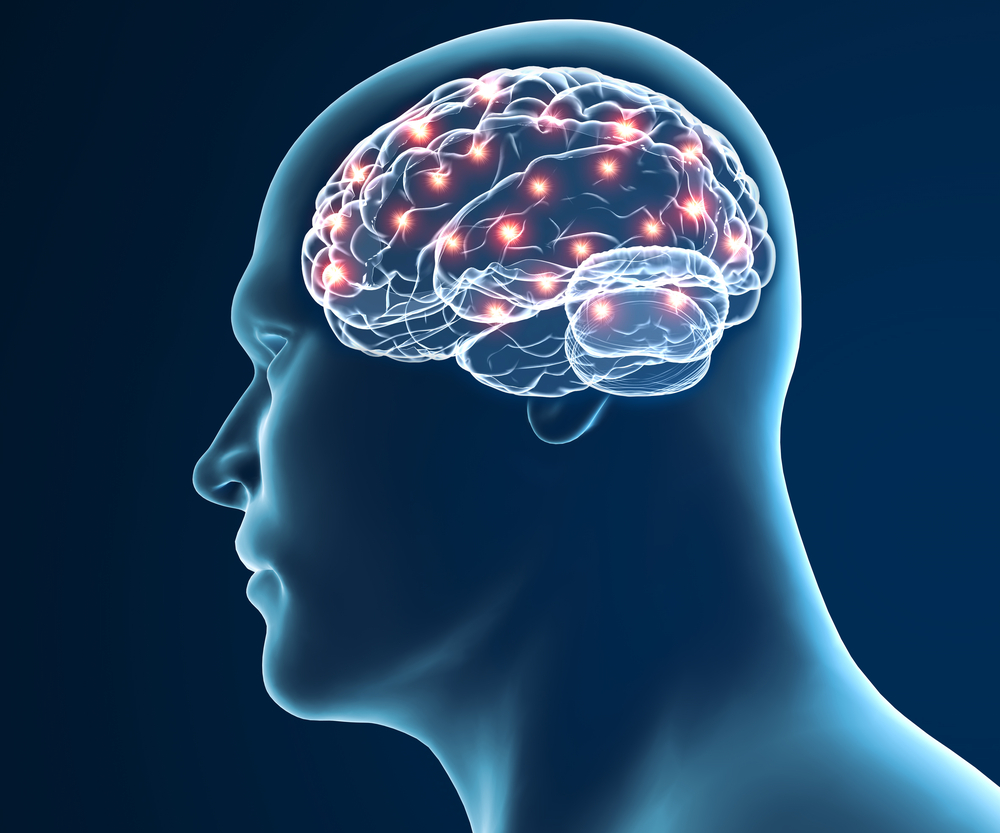
Post a Comment for "Stroke In Sickle Cell Disease"